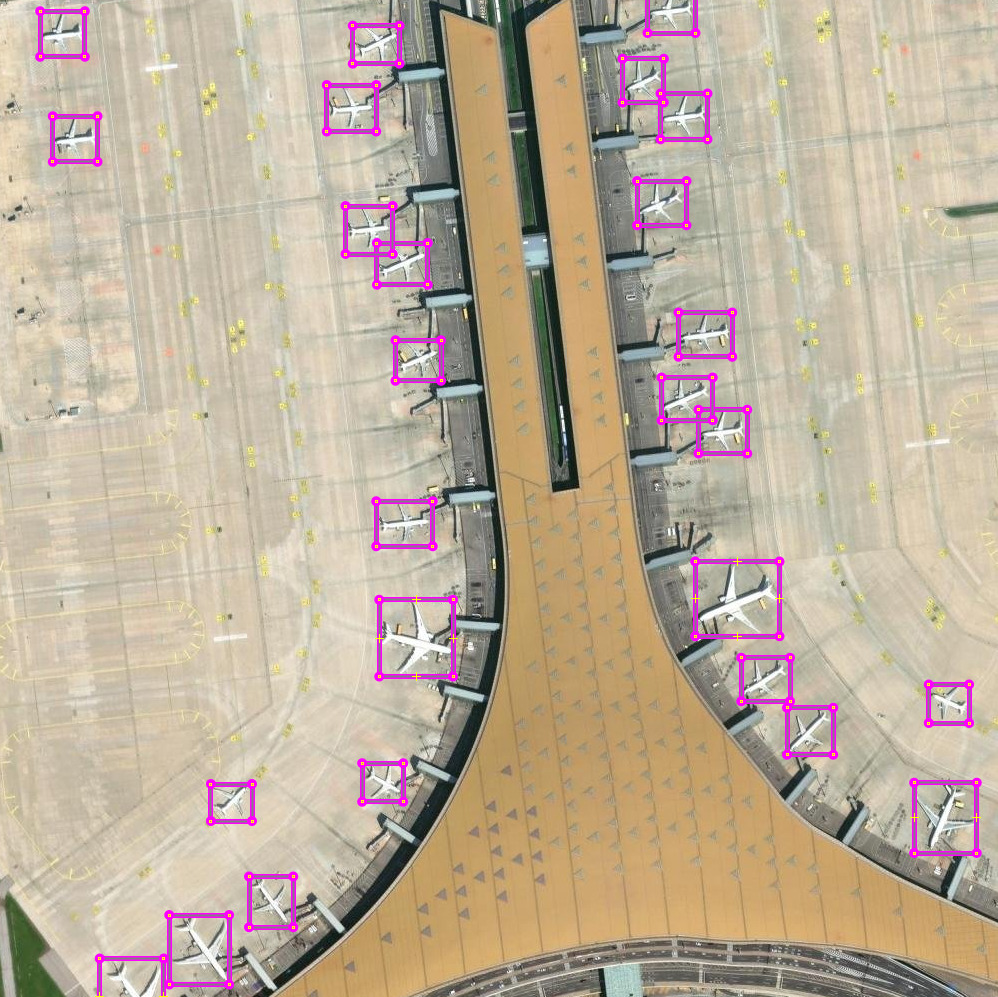Airplane ML detection validation
We performed airplane validation in Beijing, New York, Los Angeles, San Francisco, and Tokyo.
Ref Data labeling and annotation- annotation
- object detection
- airplane
- ML detection validation

To ensure the accuracy of data feeding into the NASA COVID Dashboard, we embarked on validating the daily airplane detections generated by Machine Learning algorithms. This crucial process provided reliable data for comprehensive airplane/flight trend analysis and contributed to understanding the broader impact of reduced carbon dioxide (CO2) emissions from airplane fossil fuel combustion due to COVID-19 lockdowns and social distancing measures.
 The NASA COVID Dashboard at Beijing Capital International Airport showcases daily detection of grounded airplanes in PlanetScope imagery, highlighted in orange.
The NASA COVID Dashboard at Beijing Capital International Airport showcases daily detection of grounded airplanes in PlanetScope imagery, highlighted in orange.
Our validation workflow was multifaceted, involving meticulous cleaning of multiple airplane detections and selecting the most accurate detection from various satellite images for a single airplane. Additionally, addressing the challenge of incorporating bounding boxes for missing airplanes to enhance dataset completeness was essential.
One of the primary challenges we encountered was managing large datasets in GeoJSON formats. These datasets contained vital information such as bounding boxes, scene IDs, satellite images, dates, and airports. Organizing the workflow efficiently was paramount, especially with the multitude of dates and airports requiring validation.
We implemented innovative solutions to overcome these challenges and streamline the validation process. Specifically, customizing the JOSM editor to enhance its functionality proved effective. This involved incorporating event triggers into the click action, enabling us to select a bounding box of an airplane and automatically load its corresponding image while filtering relevant airplanes. Consequently, this customization significantly expedited the validation process, allowing us to validate datasets with greater speed and accuracy.
 Left image: before validation - Right image: after validation
Left image: before validation - Right image: after validation
